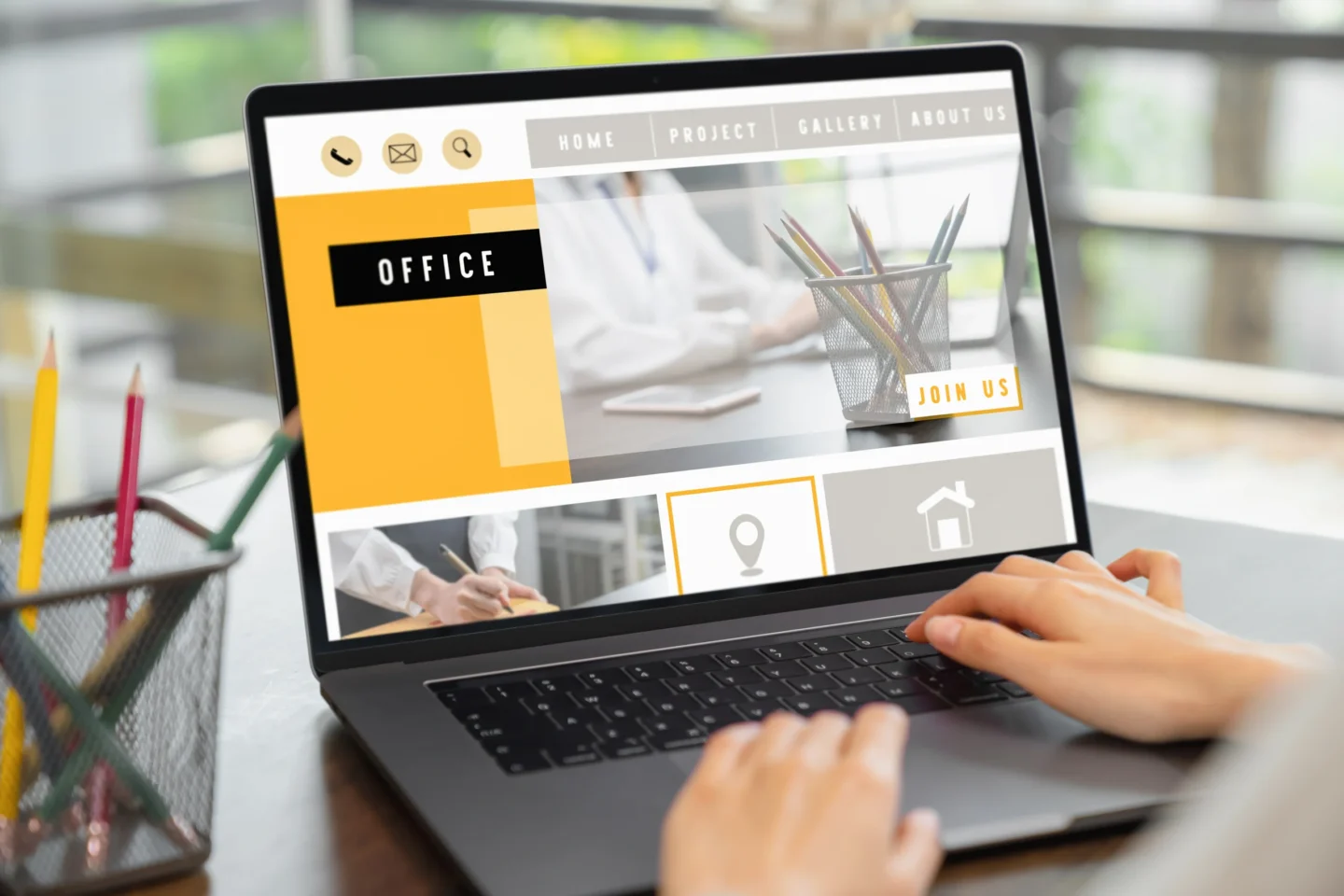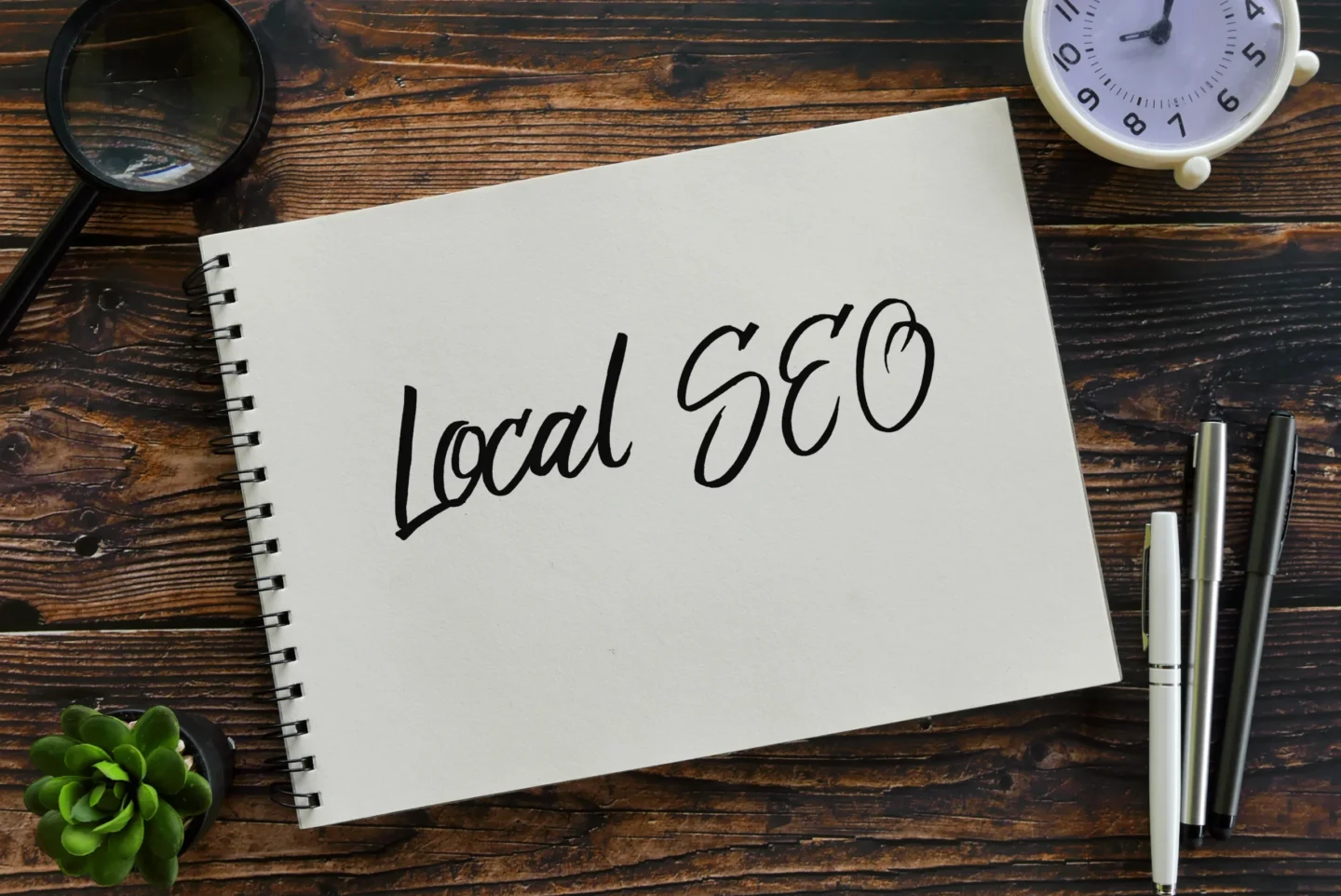
In today’s digital world, having a website isn’t enough. For small business owners and contractors in Fairview Heights, IL, it’s essential that your website is not only functional and informative but also accessible to everyone—including people with disabilities. Web accessibility is more than just a legal concern—it’s a way to improve user experience, expand your audience, and build a reputation for inclusivity and professionalism. This simple guide breaks down what website accessibility means, why it matters, and how you can start making your website more accessible without needing to be a tech expert.
What Is Website Accessibility?
Website accessibility refers to designing and developing your website so people with disabilities can use it effectively. This includes individuals with visual impairments, hearing loss, mobility limitations, cognitive challenges, and more.
Common examples of accessible design include:
- Text that can be read by screen readers
- Captions on videos
- Keyboard-friendly navigation (for users who aren’t able to use a mouse)
- High-contrast text and color schemes for readability
The goal is to make sure all users can perceive, understand, navigate, and interact with your website—regardless of their ability.
Why It Matters for Small Businesses and Contractors
1. Reach a Wider Audience:
Nearly 1 in 4 adults in the U.S. has some form of disability. Improving your website’s accessibility allows you to reach a wider audience that might not have been able to engage with your content before.
2. Improve SEO:
Many accessibility practices—like using alt text for images, creating descriptive links, and structuring your content with proper headings—also boost your search engine rankings. Accessibility and SEO frequently support each other.
3. Build Trust and Credibility:
Having an accessible website demonstrates that your business values and respects every customer. This inclusivity can help build trust and encourage more people to work with you or buy from you.
4. Reduce Legal Risks:
Websites are increasingly viewed as places of public accommodation under the Americans with Disabilities Act (ADA). That means they must be accessible to people with disabilities. Failure to comply can lead to lawsuits or demand letters.

Easy Steps to Improve Website Accessibility
Improving your website’s accessibility can be both straightforward and budget-friendly. Here are practical steps small business owners and contractors in Fairview Heights, IL can take:
1. Use Descriptive Alt Text for Images
Alt text offers a concise image description that screen readers use to convey visual content to users with vision impairments. For example, instead of uploading a photo labeled “IMG_2025,” describe it as “Contractor installing a new roof in Collinsville, IL.”
2. Add Captions or Transcripts to Videos
If your site features video content—such as testimonials, tutorials, or project showcases—make sure to include captions or a written transcript. This helps those with hearing impairments access your content.
3. Structure Content with Headings
Use proper heading tags (H1, H2, H3, etc.) to break up your content. This helps users using screen readers navigate your site more easily. It also improves the overall readability of your site for everyone.
4. Choose Readable Fonts and Contrast-Friendly Colors
Steer clear of low-contrast text like light gray on white, and skip overly decorative fonts that are hard to read. Stick with clear, legible fonts and ensure strong contrast between text and background colors. Tools like WebAIM’s contrast checker can help.
5. Make Your Site Keyboard-Friendly
Certain users depend on keyboard navigation because they’re unable to use a mouse. Make sure your website can be fully navigated using the Tab, Enter, and arrow keys. Test this yourself to see if buttons, links, and forms are accessible.
6. Use Simple, Clear Language
Accessibility isn’t just visual. Using straightforward language helps all users—including those with cognitive disabilities or users whose first language isn’t English—understand your content.
7. Label Your Forms Clearly
If your website has forms (such as a contact or quote request form), make sure each field is clearly labeled. This helps both users and screen readers understand what information is being requested.
8. Add an Accessibility Statement
Include a brief accessibility statement that outlines your commitment to accessibility and how users can contact you if they experience any issues. This shows effort and accountability.
Own a small business or do contractor work in or around the Fairview Heights, IL area? Give Hometown Marketing Group a call today if you are looking to get a website with great accessibility.




